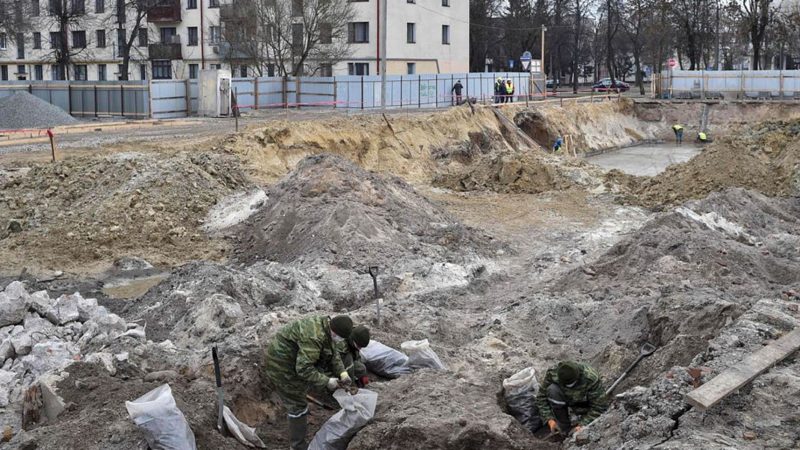The town was turned over to the Soviets who were allies with the Nazis at the time
Soldiers in Belarus are excavating a mass grave discovered at the site of a Nazi ghetto where 28,000 Jews were killed in the 1940s.
The grave is expected to contain over 1,000 bodies. It was discovered during excavations for a new luxury residential development and shopping mall in the city of Brest, near the border with Poland.
Governor Alexander Rogachuk has said that the government will not allow anything to be built on top of the “bones of people.”
A petition is circulating to stop the construction of the development and to have a memorial park placed there instead. The petition has been signed by 492 people. The city government is discussing the options.
Soldiers have already uncovered 600 bodies with bullet holes in their skulls. They are finding 40 bodies a day.
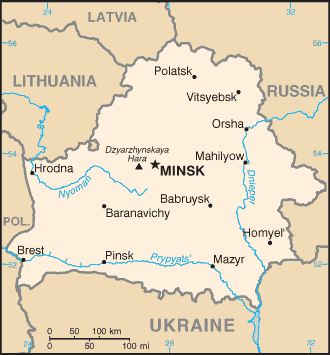
So far the work has been restricted to the first of two graves discovered. The bodies are lying in a 1.5-meter (1.6-yard) deep pit that is 20 meters (21 yards) long. Once they finish excavating this grave, they will begin working on the second site.
The victims include men, women, and children, all of whom were shot in the head.
Other mass graves have been discovered in Brest as far back as 1950 when around 600 victims were disinterred and then buried at Trishinskoe cemetery. Another 300 victims were discovered and moved to the Proska cemetery in 1970.
Rogachuk reportedly met with Jewish representatives in the city to discuss burying the latest discovered remains in the Severnoe cemetery. There are already Holocaust victims buried in that cemetery.
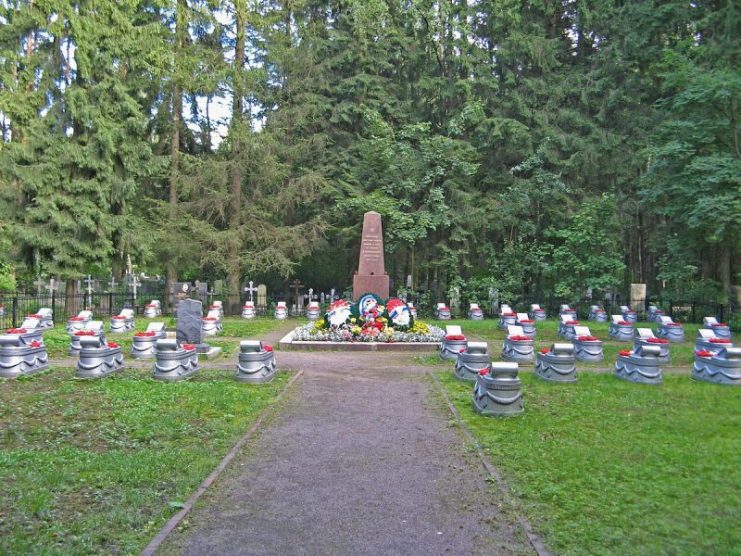
Representatives from the Jewish community are insisting that the remains be reburied following religious traditions.
According to records, only 19 people survived the Brest ghetto out of the 28,000 who were forced to live there. The ghetto was established on December 16, 1941, and “liquidated” in October and November 1942.
The Kats sisters survived the massacre by hiding in an attic. They documented the killings they witnessed.
They said that workers arrived in a morning in November to begin digging the graves. They heard a child telling their mother that they hoped to be shot soon because they were so cold. The soldiers forced the victims to strip naked and lay down. Mothers undressed their children and then undressed themselves.
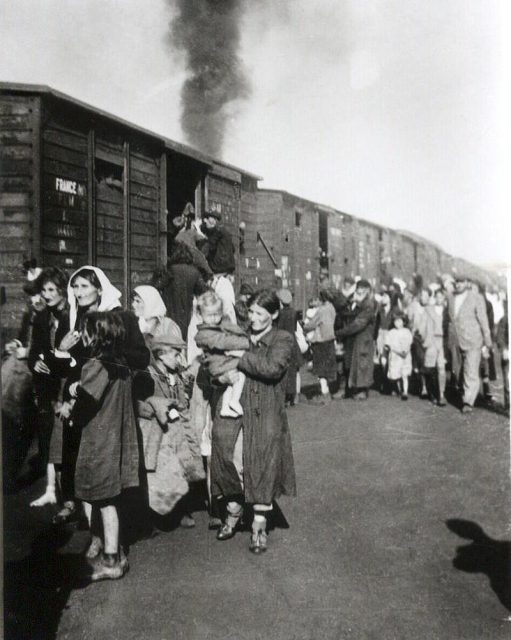
The Kats sisters stated that 5,000 people were lying behind their fence at 126 Kuybysheva Street.
When the Russians liberated Brest in 1944, only 9 Jews were still alive there. They had been hidden by non-Jewish friends.
In 1939, the Germans overran Brest during their invasion of Poland. The town was turned over to the Soviets who were allies with the Nazis at the time. The Soviets annexed the town as part of the Soviet Union.
In June 1941, the Germans began Operation Barbarossa and turned against the Soviets. They retook Brest and formed the ghetto to house 18,000 Polish Jews in December. Massacres were repeated throughout the existence of the ghetto.
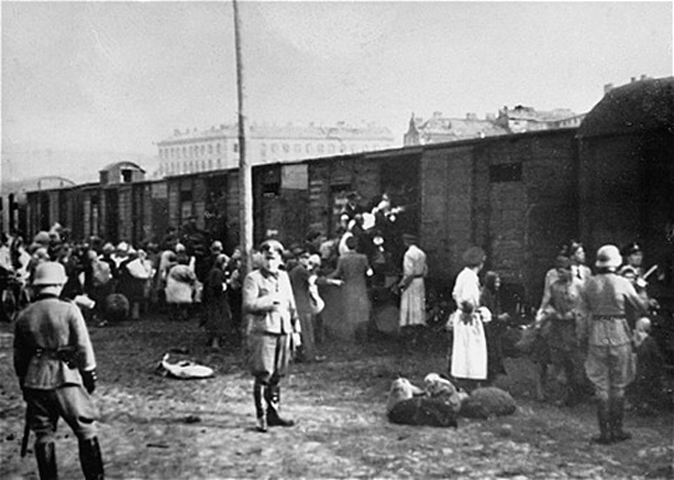
In the autumn of 1942, the Germans demanded a large payment from the Jews in the ghetto. They threatened to liquidate the ghetto if the payment was not made in the form of jewelry and money. Even though the Jews made a payment of 26 million rubles, the ghetto was liquidated. Seventeen thousand people were shot near the Bronnaya Gora railway station.
Besides Jews, any non-Jews who were caught hiding or otherwise helping the Jews were also murdered by the Nazis. Catholic priests who provided false baptism certificates, certifying that Jews were actually Roman Catholics, were executed.
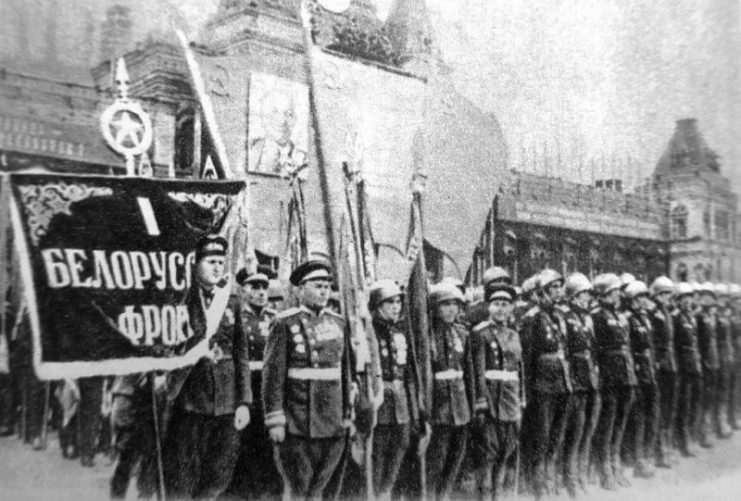
After the war, the Soviets annexed Belarus back into the Soviet Union. While they were in power, the Holocaust was never mentioned. Roads and buildings were built over mass graves. Jewish tombstones were often used in the construction of the buildings and roads.
It wasn’t until the collapse of the USSR that historians were free to tell the tales of those who were murdered by the Nazis during the war.
